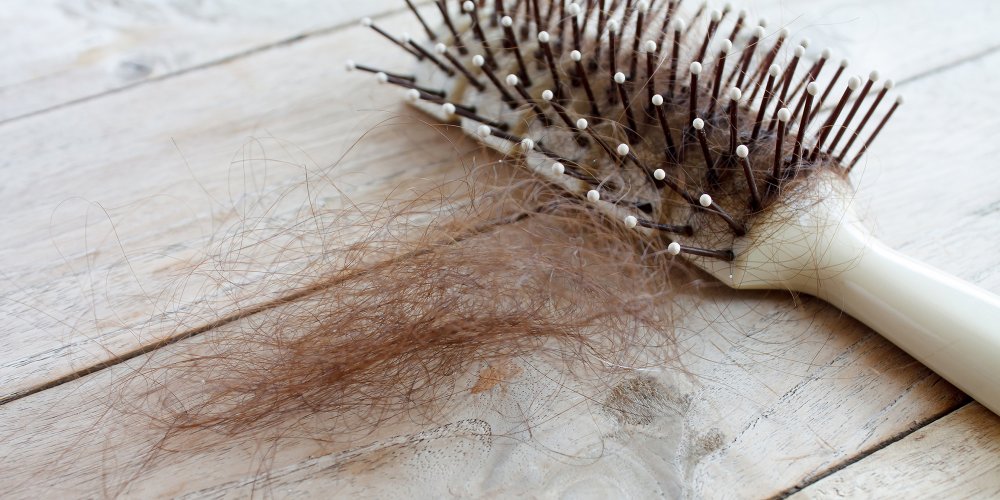Stress , menopause , taking certain medications, too violent brushing, extensions , too tight hairstyles, or simply hereditary ground ... and here we are with a calamitous hair capital.
What is unpleasant for a man is often lived for us women as a real aesthetic drama.
What if we had hair transplant? The number of such interventions has tripled since 2004, and now accounts for almost 15% of women.
A hair transplant, yes but for whom?
Hair transplantation concerns all those of us who can no longer do our hair, whose skin of the skull is visible in some places, whose forehead is balding, who see our temples. In short, who lose our hair , inexorably.
In practice, during a hair transplant, the hair is removed with its follicle. Thus it is autonomous and keeps all its characteristics: shape, volume, color ...
Whatever the technique used by our surgeon, preparation is required before the procedure. Also, we stop Minoxidil lotions one month before to avoid the risk of bleeding and we use an antiseptic shower gel 48 hours before.
Be careful, in case of chemotherapy that has destroyed our bulb, the transplant is not possible for several years.
Two effective techniques for new hair
To date, two hair transplant techniques have been proven:
- Strip grafting: the most reliable
This intervention is the oldest. It is intended for important alopecia .
On the abdomen and under local anesthesia, we shave the area of sampling, the length of the hair must not exceed 1 mm.
In the packed area (the occipital region in general), a strip of scalp 2 cm long is taken up to 25 cm long if necessary; an area of 50 cm 2 . Knowing that there are usually 100 hairs per cm 2 .
The practitioner then cuts grafts of 1 to 3 hairs that he re-implant by making small holes with a needle in the bald area, respecting the natural implantation of my hair.
The sample strip is then closed with threads or staples that will be removed after two weeks.
Advantages: We can graft nearly 6,000 hair in one session of 3 to 5 hours. The cost of the intervention by hair is lower than for the second technique (between 5,000 and 6,000 €).
Disadvantages: The scar a few millimeters wide may be visible, but it is easy to hide if you have hair long enough to be folded over. There may also be a transient decrease in sensitivity of the top of the skull if the incision has cut nerves that go up from the nape of the neck to the top of the skull. A few days of rest are expected.
The suites: a slight pain. One goes out with a bandage on the head to avoid a possible bleeding during the night.
- Follicular Extraction (FUE): the most recent
This ideal intervention for small and medium alopecia, consists of directly taking micro-grafts of about 1 mm diameter on the skull (or anywhere on the body).
On the stomach and under local anesthesia, we shave at 1 mm to the donor area to see the emergence of the hair and its implantation.
Each removed graft can contain 1 to 3 hairs. Then, in a sitting position this time, local anesthesia was performed in the area to be implanted, with a micro-blade or a needle.
The session can last from 3 to 5 hours maximum, depending on the number of hair to be transplanted.
Advantages : no staple or suture. Healing is fast and discreet. The cost is less important than the previous technique (between 4 000 and 5 000 € for a session).
Disadvantages: this is a very technical intervention, the practitioner chosen must be experienced. The number of grafted hair is lower than for strip grafting.
The consequences: we leave with a bandage, to remove the next day, to avoid bleeding during the night. Few pains, which can be relieved by an analgesic and an anti-inflammatory. We can resume a normal life the next day.
After a transplant, we remain vigilant
We can wet our hair the next day, being careful not to rub the grafts before three weeks. It is possible to use a mild shampoo after five days.
It is thought to hydrate the grafts to avoid crusts and accelerate healing.
We avoid intense efforts for ten days and obviously we refuse any hair dye for a month.
If the need to dye our hair is felt, it is foresight and it is done until 48 hours before surgery.
Thank you to Dr. Frédéric Menu, President of the French Society of Restorative Surgery of Baldness.


